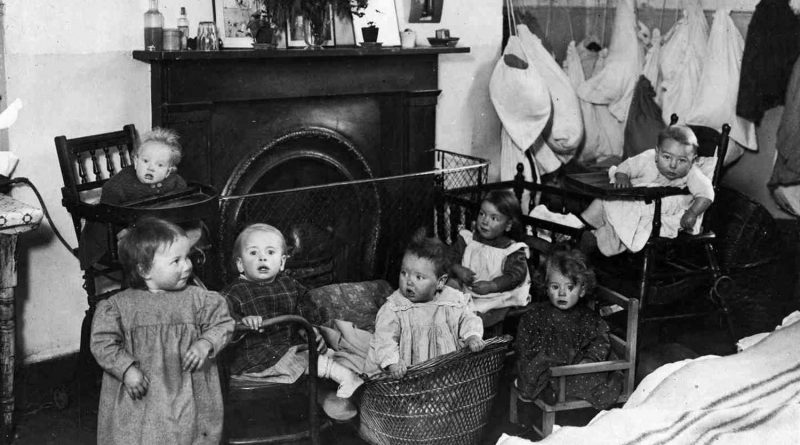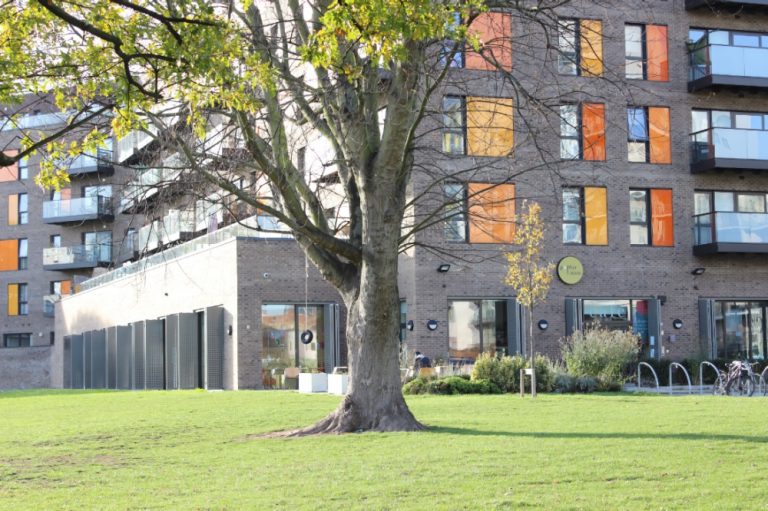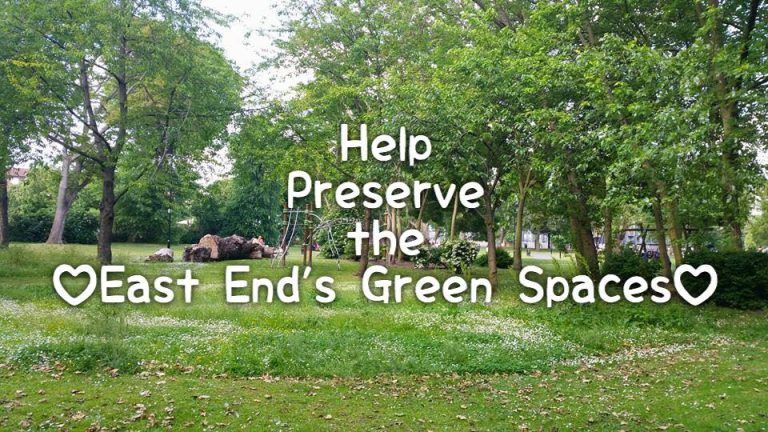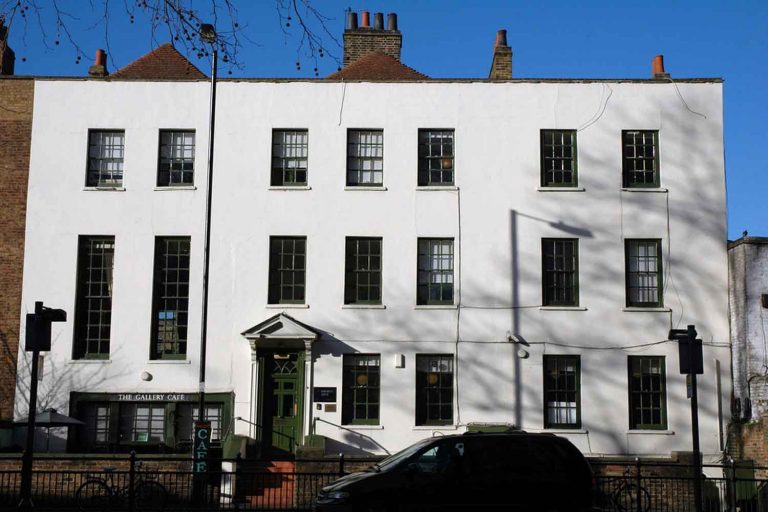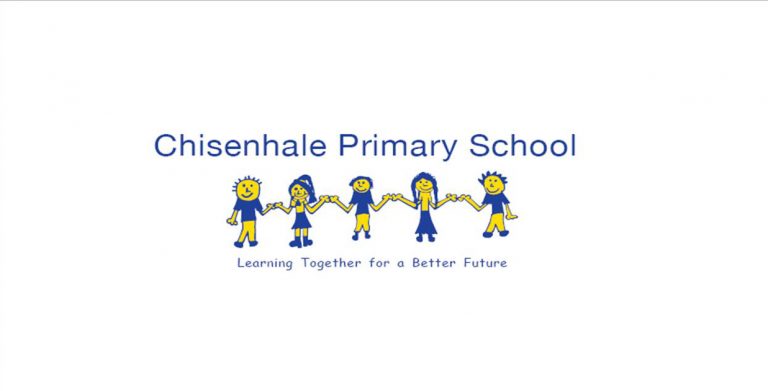Sylvia Pankhurst’s The Mother’s Arms: a pub transformed into a haven for women
While Sylvia Pankhurst’s The Mother’s Arms no longer exists, its legacy as a protective haven for women and children remains an important part of Bow’s history.
You may have passed Tait Court countless times while walking down St Stephen’s Road in Bow and never noticed the little blue plaque next to its entrance. Overshadowed by its brutalist surroundings, this plaque subtly nods towards an important past.
The space in front of Tait Court’s entrance holds a special suffragette history: a history of reclamation and desperate protection. From 1869 to 1915, a pub called The Gunmaker’s Arms stood in that empty space but in 1915, it was transformed from somewhere to grab a drink into a place to leave your children.
Sylvia Pankhurst, the leader of the East London Federation of Suffragettes (ELFS), re-named the pub, ‘The Mother’s Arms.’ Thereafter, the building was used as a clinic and creche for mothers which freed them from child-care duties, allowing them to work and provide for their families.
This was essential during wartime when many factories in the East End closed and many families were forced into poverty. The Mother’s Arms had a similar ambition to the Federation’s Toy Factory which employed women to build toys while looking after their children. Under the supervision of Lucy Burgis and Minnie Lansbury, the ELFS looked after 40 children.
The women at The Mother’s Arms dealt with disease and malnutrition caused by widespread poverty, while simultaneously uplifting the community by giving mothers the time to work. The Mother’s Arms protected not only the children but also the women who were victimised by the manifestations of war at home.
The fact that The Mother’s Arms was previously a pub is particularly significant. While a pub might be traditionally thought of as a ‘male space,’ in reality, pubs (including this one) have historically been directed and run by women. By making this space not only female but feminist, the ELFS made a claim for the visibility of women and the unique problems that women face.
The space was also representative of Pankhurt’s pacifist agenda. Her break from the Women’s Social and Political Union in 1914 was due to both her socialist and pacifist beliefs. Her transformation of a space associated with the production of weaponry is therefore symbolic as well as humanitarian.
By turning a place of war into a place of life, Pankhurst made a political statement about the misplaced priorities of the public during wartime. The Gunmaker’s Arms was named after the Gunmaker’s Wharf, which sat opposite, and was an important arms producer during the war.
You can imagine, then, the poignancy of its transformation into a place for the protection of children. At the time, women and children were being turned away from hospitals to make room for soldiers. The Mother’s Arms acted not only as a clinic but as a refuge.
Another notable woman who worked alongside Pankhurst was Doctor Barbara Tchaykovski.
She was particularly invested in the health of children during wartime and reported that an eighth of the babies born each year were dying in infancy. She was a driving force behind the suffragettes’ agenda to protect the health of children during wartime when the country was more focused on the death count of soldiers.
Tchaykovski was the daughter of a Russian professor who had fled the authoritarian Tsarist regime to reside in the US. After completing her education in London, she became the first female chemist to be appointed assistant lecturer at Bedford College for Women. Such a background allowed her to contribute uniquely to the Mother’s Arms. She helped to provide information on hygiene and nutrition for the mothers that they helped.
The Mother’s Arms shows us what a community can achieve when they pool their resources to protect each other. Such an assertion of humanitarian values next door to where weapons were being built for the purpose of harm is inspiring for contemporary feminists. Sylvia Pankhurst, along with the rest of the ELFS, created both a symbolic and tangible change. Though the Mother’s Arms no longer exists, its presence pushed history in a more equitable direction.
If you enjoyed this article, you might be interested in our piece on suffragette Norah Smyth.

